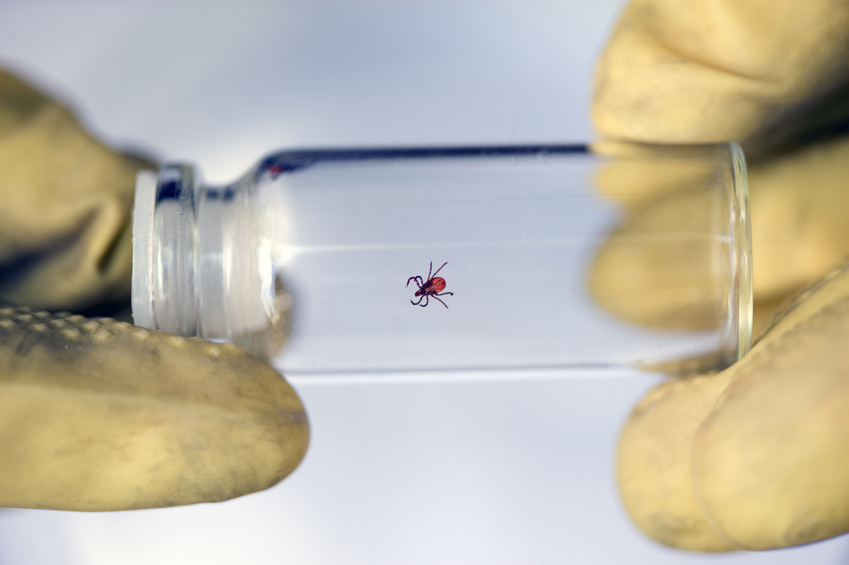Effects of ticks on community assemblages of ectoparasites in deer mice
| Title | Effects of ticks on community assemblages of ectoparasites in deer mice |
| Publication Type | Journal Article |
| Year of Publication | 2021 |
| Journal | Ticks Tick Borne Dis |
| Volume | 13 |
| Issue | 1 |
| Start Page | 101846 |
| Date Published | 10/2021 |
| Authors | Fellin E, Schulte-Hostedde A |
| Keywords | Community ecology, Fleas, Mites, Parasite-host interactions, Peromyscus maniculatus, ticks |
| Abstract | Ectoparasites are fundamental to ecosystems, playing a key role in trophic regulation. Fleas, mites, and ticks are common hematophagous ectoparasites that infest shared mammalian hosts. One common host in Ontario, Canada, is the deer mouse (Peromyscus maniculatus). As the climate warms and the geographic ranges of blacklegged ticks (Ixodes scapularis) and American dog ticks (Dermacentor variabilis) expand, their introduction to new ecosystems may alter current ectoparasite communities. At three different sites where exposure to ticks varied (both in terms of tick diversity and abundance), ectoparasite community structures found on deer mouse hosts were examined, focusing on species co-occurrences and habitat partitioning on the host. We predicted that when tick species were prevalent, ticks would dominate the micro-habitat attachment sites often inhabited by other parasites, thereby significantly altering parasite community structure. Our results suggest that blacklegged ticks and American dog ticks could have a positive association with each other, but a negative or random association with other ectoparasite species, even when they do not occupy the same attachment site. Sampling site played a significant role in community assemblages as well, possibly due to the differences in tick exposure. As the ticks' ranges expand and they become more abundant, it is important to understand how their prevalence can potentially alter the dynamics in an ectoparasite community, affecting the transmission of pathogens that may spread within an ecosystem, from one host to another. |
| URL | https://www.sciencedirect.com/science/article/abs/pii/S1877959X21001990?via%3Dihub |







